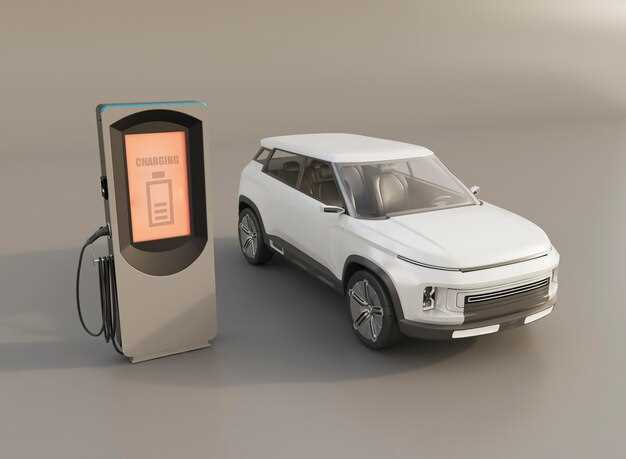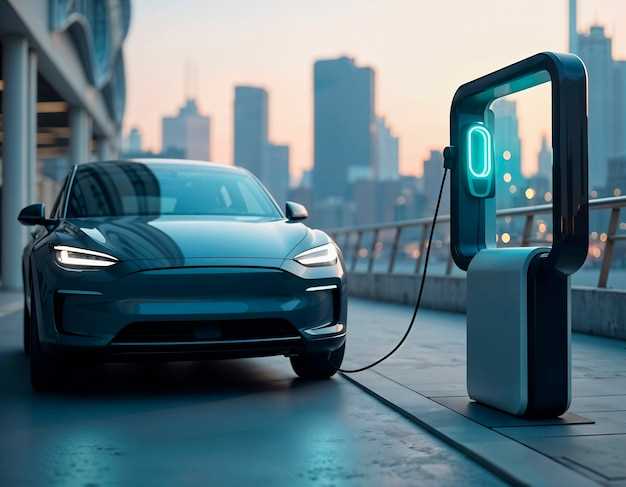
The rise of electric vehicles has transformed the automotive landscape, and the competition between manufacturers has become increasingly fierce. As consumers seek sustainable alternatives to traditional gas-powered trucks, two prominent players have emerged: Rivian and Ford with its Lightning model. This article delves into a detailed comparison of these two electric trucks, highlighting their features, performance, and overall value.
Both Rivian and Ford have put forth innovative designs that cater to the needs of modern truck enthusiasts while addressing environmental concerns. Rivian is a newcomer that has quickly made a name for itself with its rugged styling and adventure-ready capabilities. On the other hand, Ford, with its legacy and established reputation, offers a more familiar face in the electric market with the Lightning, seamlessly merging its traditional attributes with cutting-edge technology.
As we explore the comparison between the Rivian and Ford Lightning electric trucks, we will consider factors such as range, towing capacity, interior technology, and pricing. Understanding these elements is crucial for prospective buyers looking to make informed decisions in this rapidly evolving sector of the automotive industry. With both vehicles boasting impressive features, the ultimate choice will depend on individual preferences and needs.
Performance Metrics: Acceleration, Range, and Towing Capacity

The electric truck market has gained significant attention with the introduction of Rivian and Ford Lightning. Both vehicles offer impressive performance metrics that cater to different consumer needs.
Acceleration plays a crucial role in evaluating electric trucks. The Rivian R1T boasts a remarkable 0-60 mph time of approximately 3 seconds, powered by its dual-motor setup. This rapid acceleration is advantageous for both urban driving and highway merging. In comparison, the Ford F-150 Lightning, with its dual motors as well, achieves 0-60 mph in around 4 seconds. While this is still impressive, it falls slightly behind Rivian’s performance, appealing more to buyers who prioritize utility over speed.
In terms of range, the Rivian R1T offers an estimated range of up to 314 miles on a full charge, depending on the battery configuration. This extensive range enhances its appeal for long-distance travel and off-road adventures. Meanwhile, the Ford Lightning provides a range of up to 300 miles, which is also commendable but slightly shorter than Rivian’s offering. Both brands are focusing on expanding their charging infrastructure, making recharging more accessible for truck owners.
Towing capacity is another vital metric for potential buyers. The Rivian R1T can tow up to 11,000 pounds, making it an excellent choice for those intending to transport heavy loads or trailers. Ford’s Lightning, on the other hand, boasts a respectable towing capability of up to 10,000 pounds, which is still sufficient for most consumer needs. However, Rivian’s slightly higher towing capacity may attract customers who regularly engage in heavy-duty tasks.
In summary, both the Rivian and Ford Lightning electric trucks exhibit strong performance metrics, each with distinct advantages in acceleration, range, and towing capacity. Consumers should weigh these factors according to their specific requirements and preferences when choosing between the two models.
Charging Infrastructure: Availability and Speed of Charging Options

The charging infrastructure for electric trucks, particularly when comparing Rivian and Ford Lightning, plays a crucial role in determining their usability and practicality for consumers. Both manufacturers have approached the development of charging networks differently, reflecting their strategies in the electric vehicle market.
Rivian has established its own proprietary charging network known as the Rivian Adventure Network. Designed strategically for outdoor enthusiasts, this network features fast charging stations located in key areas such as national parks and popular camping spots. These stations support DC fast charging, allowing the Rivian truck to recharge up to 140 miles of range in just 20 minutes. Rivian’s focus on the adventure-driven market aims to provide convenient access to charging facilities for those who seek outdoor activities.
In contrast, Ford is leveraging its partnership with established networks like Electrify America to expand the charging options available for the Ford Lightning. With a more extensive existing network, Ford Lightning owners can access thousands of fast chargers across the country. Ford’s charging solution also offers DC fast charging capabilities, enabling drivers to gain approximately 54 miles of range in just 10 minutes. This broad network emphasizes accessibility for everyday users, accommodating various driving needs and habits.
Both manufacturers bundle their vehicles with incentives for charging options. Rivian includes a certain number of free charging sessions at its network locations for the first few years, while Ford offers credits for using their affiliates’ charging stations. However, the effectiveness of these offerings ultimately depends on the geographic availability of these networks.
In summary, while Rivian focuses on a specialized adventure-oriented charging network, Ford takes advantage of existing infrastructure to provide widespread access. The speed of charging options varies slightly, but both brands present competitive solutions for electric truck owners. Ultimately, prospective buyers should consider their typical usage patterns and the locations of charging infrastructure when choosing between these electric trucks.
Cost Analysis: Initial Price, Incentives, and Long-term Ownership Costs
When comparing the Rivian R1T and Ford Lightning, the initial price is a critical factor for potential buyers. The Rivian R1T begins at around $67,500 for the base model, while the Ford Lightning starts at approximately $40,000. This substantial difference can influence the decision-making process, particularly for budget-conscious consumers.
Incentives also play a vital role in the cost analysis of electric vehicles. Depending on the location, buyers may qualify for federal and state tax credits, potentially reducing the effective purchase price significantly. Currently, federal incentives for electric vehicles can provide up to $7,500 in savings, making both options more attractive. Additionally, some states offer further rebates, which could sway consumers towards one truck over the other in this comparison.
Long-term ownership costs are essential to consider, encompassing aspects such as maintenance, insurance, and energy expenditure. Electric trucks typically have lower maintenance costs due to fewer moving parts compared to internal combustion engines. Rivian and Ford both promote the durability and reliability of their electric trucks, which can lead to fewer repairs and longer intervals between maintenance services.
Energy costs should also be evaluated in the ownership calculus. Charging an electric truck, even with varying local electricity rates, is generally less expensive than fueling a traditional gas truck. Both Rivian and Ford provide charging networks and home charging solutions that can further mitigate costs. However, estimated costs can vary based on driving habits and regional electricity prices.
In summary, the cost analysis of Rivian R1T versus Ford Lightning involves a multifaceted approach. Initial price disparity, potential incentives, and long-term ownership costs must all be considered by purchasers. This comparison ultimately shapes the decision-making process for prospective electric truck owners.
